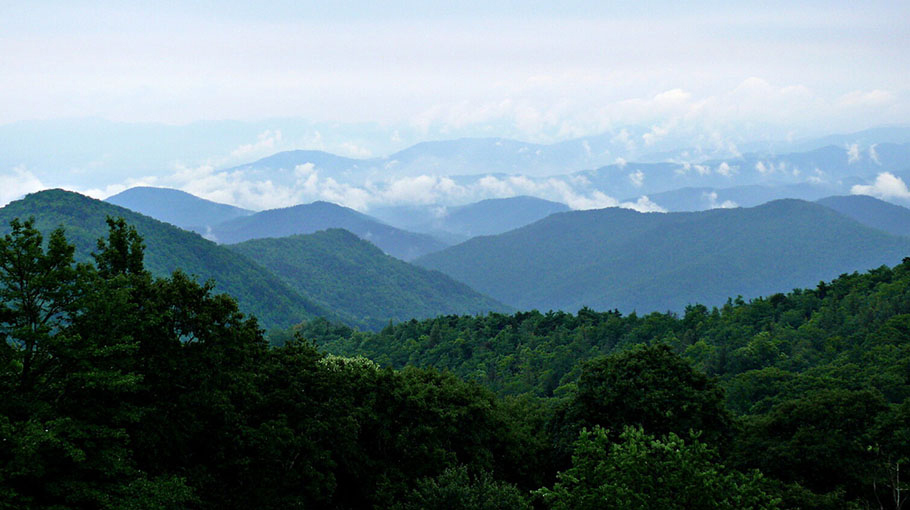A mountaineer’s prayer

[Continued from previous issue]
But that’s just it. Hillbilly Elegy is one man’s story, the story of a man who technically didn’t even grow up in Appalachia. Vance grew up in an Ohio town in the Rust Belt, a town to which a lot of people from Appalachia—including Vance’s grandparents—had moved. His grandparents were products of the so-called “hillbilly highway,” the migration of tens of thousands of Appalachian families to towns and cities in the Midwest and elsewhere for work.
So, Vance’s very claim to be a “hillbilly” from Appalachia is not clear cut. As Kentucky’s governor Andy Beshear recently said, “J.D. Vance ain’t from here.”
Even if Vance did qualify as Appalachian, he certainly does not speak for all of Appalachia. He uses anecdotes from his own life to paint a vast swath of the United States in broad brushstrokes. Appalachia spans 206,000 square miles and comprises 423 counties across 13 states. He overlooks Appalachia’s rich diversity and her 26.4 million residents, instead offering his own experiences as representative of “hillbilly culture.” His statement that “the culture of Greater Appalachia is remarkably cohesive” (p. 4) is breathtaking in its dismissal of the tapestry of topographies, linguistic traditions, racial and ethnic identities, livelihoods, and cultural traditions that make up Appalachia.
By contrast, Roger May captures Appalachia’s unique beauty and diversity in his “Looking at Appalachia” project, a crowdsourced website of nearly 600 photographs taken by Appalachians from New York to Mississippi. As Meredith McCarroll describes in The Bitter Southerner, scrolling through the website, you see Appalachia. Mechanics, farmers, poets, tattoo artists, preachers, and builders. Mountains under descending fog, mountains with their tops blasted off, mountains covered in snow. Car lots and tobacco barns and trailer parks and factories. Schools and rivers and kudzu and train tracks. Dancers and soldiers and barbers and loafers. Laughter and pride and sorrow and regret. You see Appalachia and know that it is also America.
An image of “Stikes Holler” in Warrensville shows a cascade of vintage cabins and barns where my classmates, the Stikes, used to live, and maybe still do. I rode past Stikes Holler every day going to school for 12 years. Stikes Holler is an iconic image of hillbilly poverty. It
exists, and it is real. But it is only
one tiny sliver of Appalachia,
not representative of the region
as a whole. Nothing is.
Sarah D. Phillips is a professor of anthropology at Indiana University, Bloomington. She plans to retire to Mitchell County, North Carolina, on her grandmommy’s land.
Source: CounterPunch




